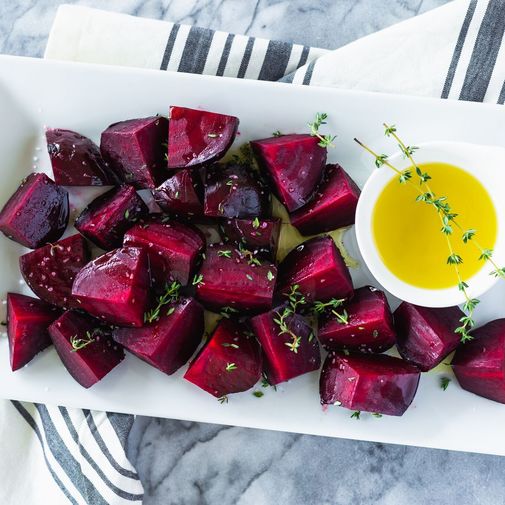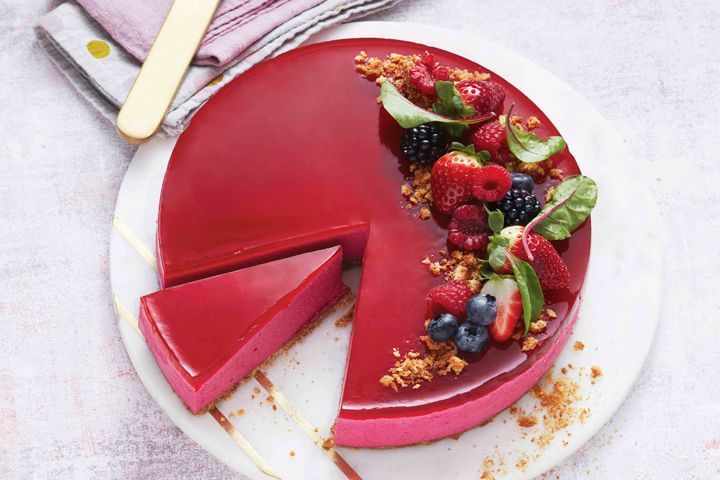Beetroot is so much more than just a dark red vegetable
Read on for the history, medicinal aspects and culinary possibilities of beetroot

I WAS very young when I first tasted beetroot. I can’t quite recall the occasion, but it was likely on a seven-coloured plate at a Sunday lunch.
I imagine it was the ‘pickled’, or preserved kind, out of a bottle and delicately scooped onto my plate with a bit of added acidity via plum-coloured vinegar droplets, colouring everything dark red.
ALSO READ: Some dessert recipes to keep you busy during the lockdown
In most households, that is how the vegetable was enjoyed.

But that is not the case today, thanks to the large number of people – no matter how culinary challenged they are – having realised just how versatile beetroot is.
Almost every household in the country has beetroot stocked up in the pantry – either in preserved form or fresh from the ground.
But first let’s look at its history.
It is said the Greeks cultivated beetroot around 300BC. The Romans were also fans of the vegetable, but they liked the leaves and not the actual bulb.
They believed the bulb would be better served as sugar, which held great commercial value. They also are said to have used the vegetable as an aphrodisiac during the Roman era.
When it comes to botany, beetroot belongs to the same family as spinach. The beetroot family, Chenopodioideae, is a sub-family of the flowering plant family Amaranthaceae.

Both the leaves and roots can be eaten. A taproot vegetable, many argue that beetroot is one of the best and healthiest vegetables in the world.
Though it is famously hated by former American president Barack Obama and his wife Michelle (who asked that it not be planted in the White House garden during their tenure as president and first lady), and Albert Einstein, its popularity is owing to its versatility.
Much like the potato, beetroot has in recent years shown just why it has become a favourite ‘super food’ of the wellness and foodie industries.
Who knew a vegetable could hold such great power?
Eating beetroot can do wonders for the body. Beetroot is packed with minerals, including potassium, manganese and folic acid, it is high in fibre, low in fat and contains powerful antioxidants and is full of vitamins.
The great folic acid content of beetroot makes it safer to consume during pregnancy and helps nourish the foetus.
The pigment from the beetroot, giving it its rich deep red colour, is called betacyanin and it helps suppress the development of some types of cancers.
Beetroot can increase blood pigment haemoglobin levels and is great for anaemia sufferers!
This bright red vegetable can also be made into juice (add some apple and celery, and you have a delicious, cold pressed juice).
It is nutrient- and vitamin-packed too as it can lower blood pressure.
Culinary
Now that we have identified the nutritional and medicinal value of beetroot, now for the most exciting and creative part – the culinary applications.
Growing up, all I knew about beetroot was simply boiling it and then add flavouring such as vinegar, which we would then eat as a salad.
Simple, but oh, so boring. I’ve now gone on to discover just how much I can play around with beetroot.
As the world advances technologically, our spectrums are broadened and we not only consume boiled beetroot as a salad, but we use the vegetable in every possible way imaginable, including in pastries.
I have recently come across many creative culinary ideas using beetroot as the main ingredient.
From dessert and chips, to soups, juices and roasts, it is difficult to choose which to try out first.
With the new trends in lifestyle, we now have beet shakes and smoothies, pink wholewheat wraps, baked cakes using beetroot, beetroot hummus, beet-and-carrot slaw and, wait for it, beet chips!
Beetroot is a healthier option for chips, especially homemade, and can be enjoyed with beetroot tzatziki.
There is one thing that doesn’t make beetroot exciting – it stains everything it comes into contact with.
So beware to not ever wear white or light coloured clothing when cooking with it.
The joys of discovering new things to do with food makes it exciting.
Whether juice, roasted, pickled or boiled, few would deny the versatility of beetroot.
The Greeks and the Romans were clearly on the right path.
HAVE YOUR SAY
Like our Facebook page and follow us on Twitter.
For news straight to your phone invite us:
WhatsApp – 072 069 4169
Instagram – zululand_observer

